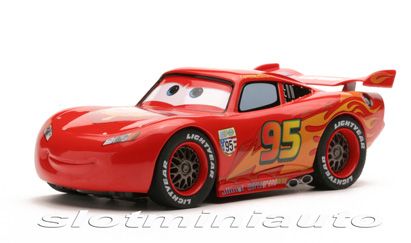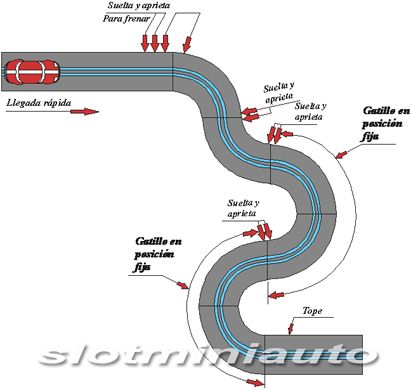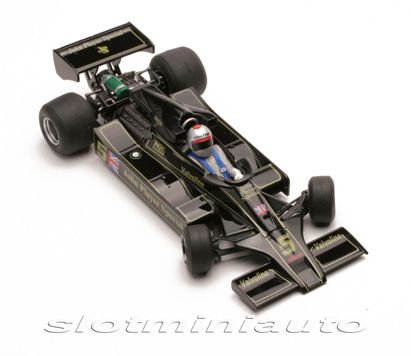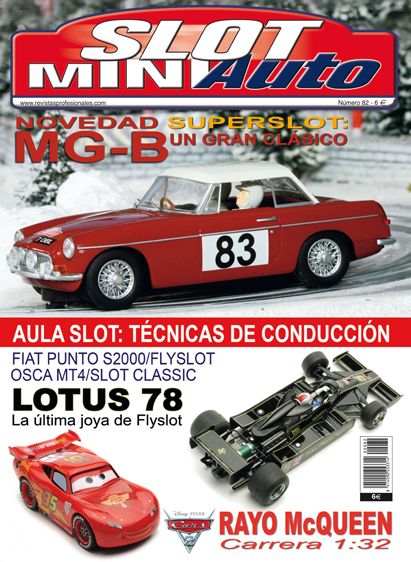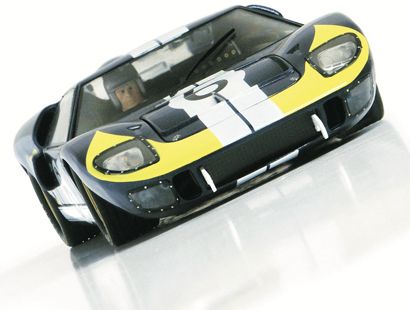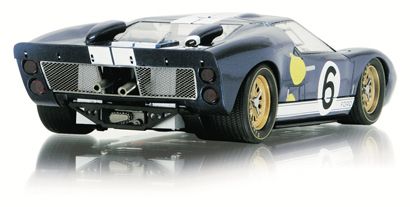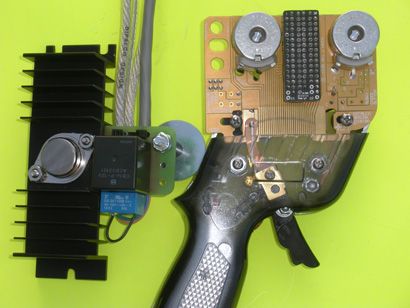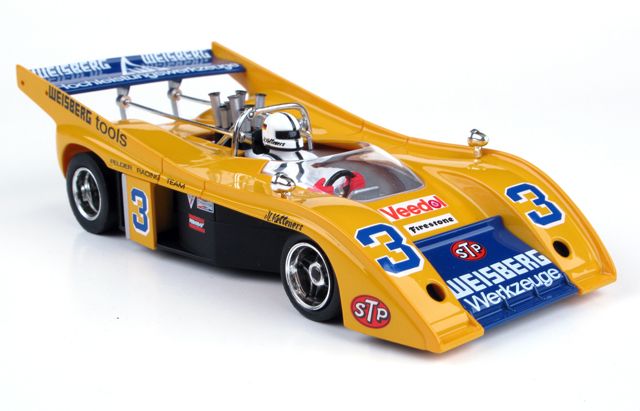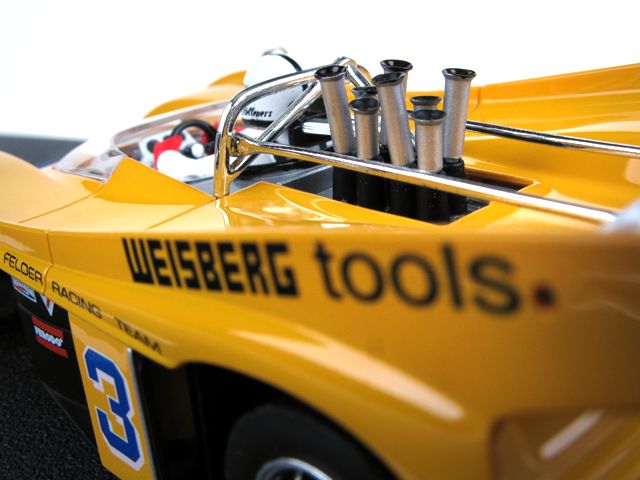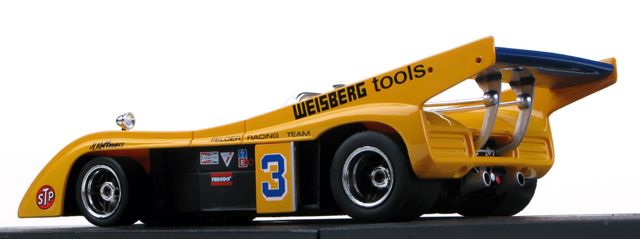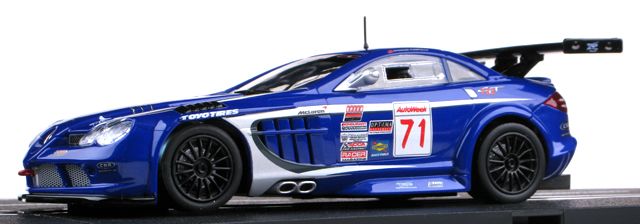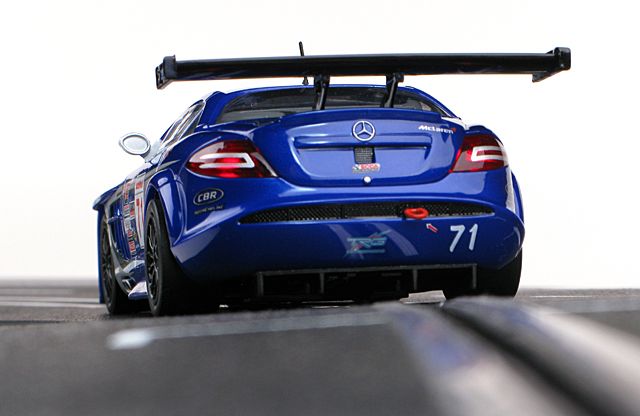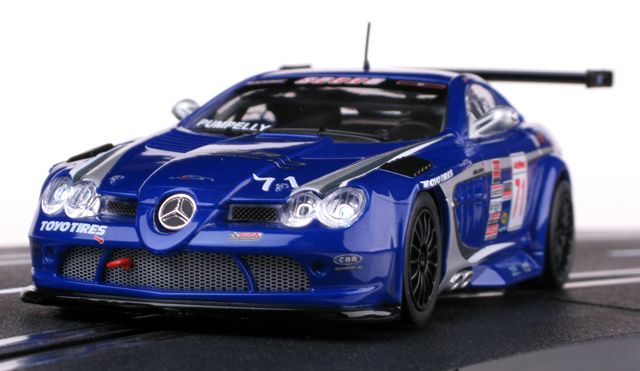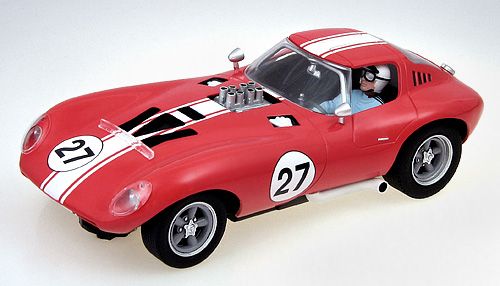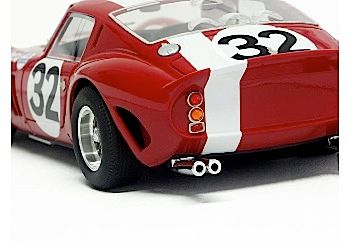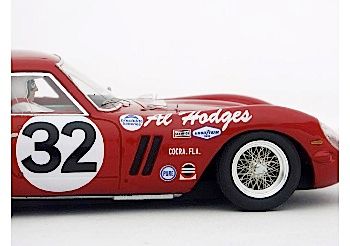

Particularly after 1970, Film and literature lionized the auto thief in a manner that painted the act as largely victimless, harmless to human health, and at times actually comedic. Electronic gaming, which in terms of profits far outstripped film by the early 21st century, took auto banditry to far darker and more violent levels. Both forms of media brought the viewer or participant into imaginary worlds of entertainment, but the latter was far more intense, emotional, and controversial.
In 1997, Car theft entered the digital world in a significant way with the introduction of Grand Theft Auto (GTA) video games. In the first decade of the twenty-first century GTA was the best-selling and among the most technologically sophisticated games in the competitive video game industry. “In its ambition, fearlessness, style, and production quality” one reviewer wrote in 2009, “it stands apart from every other franchise.” Take-Two interactive and Rockstar games have sold over 80 million units of GTA and its spin-offs. The action and the scope of the digital map, along with driving and gunplay, have given the GTA series a strong appeal with consumers. Between the introductions of GTA I and the release of GTA III in 2002, Rock star transformed the games from a structured set of missions with a top-down bird’s eye view of the car into a non-linear, sandbox playground, giving the GTA player the freedom to pursue organized crime or, with weapon and automobile, create mayhem. With GTA III, subsequently refined with the release of GTA IV in 2008, the digital landscape was converted into what the video game world calls a “sandbox:” gamers could, at their discretion, follow GTA’s narrative, or drive their stolen automobile around the open digital city. In this digital world, driving is essential to the player’s criminal success and car theft became a necessary prelude to other criminal tasks.
To complete GTA’s narrative, the gamer must accomplish a series of criminal underworld missions. In Vice City, for example, to complete the mission “Life’s a Beach,” the player must win a dance contest, then steal the “Sound Van” from a local DJ and successfully transport it to a local parking garage. The virtual universe of GTA’s ‘urban action’ game revolutionized the video game industry. Importantly, automobile theft and automobile-related violence is, in almost all sequences, the pivotal and most thrilling dimension of the GTA experience. With GTA, car thieves became one of the most popular avatars in the video game industry. Unlike games with hero-avatars who eliminate bad guys for a self-proclaimed righteous cause, the GTA player controls criminal-avatars who carry out illegal tasks or, if the player chooses, effectuates random violence on innocent bystanders and pedestrians. Players assume the criminal’s identity; they see the game’s digital world through his eyes. The digital criminals can -- at the player’s discretion -- assume one of the automobile thief’s many personas: the youthful joy rider; the professional thief; the carjacker; the reckless escapist; the drive-by shooter; the placid cruiser; or the savvy criminal who, in a stolen car, commits murders, deals drugs, or kidnappings.
Each version of GTA has a particular criminal ethos, intimately connected to automobile theft. Vice City (2002) is set in a fictional Miami and the criminal-avatar is a Tony Montanya-like Italian-American Mafioso named Tommy Vercetti; San Andreas (2004) is set in a west coast city and the avatar-criminal is an African-American gangsta’ named Carl Johnson, modeled off a character from the 1991 movie Boyz in the Hood; GTA IV’s (2008) Liberty City is a replica of New York and the digital lawbreaker is Eastern European immigrant Niko Bellic – a Godfather prototype. What the gamer does with the stolen automobile is a matter of choice, but violence and chaos seem unavoidable. As in real life, the automobile is itself a weapon, a force for violence and destruction. Digital cars, set aflame by assault rifle fire or Molotov cocktail, explode with drivers still inside; pedestrians are run over -- some bounce of the car’s grill, others fly over the hood. When a driver hits a random motorcyclist, however, the resulting crash is particularly catastrophic: the motorcyclist is sent flying long and high distances before death a la cement trauma. In GTA, it’s also important to note, the automobile can serve more banal and logistical purposes: it can be used to go to a fast food joint, a place to have sex with a prostitute, or to complete illegal errands. In GTA, the automobile serves many purposes, but theft, violence, crime, and destruction are at the heart of the game’s digital automobility.
Stealing a car in GTA’s digital world is a discommodious combination of reality and fantasy. Car theft in GTA is undemanding and nearly always without consequence. With a player’s click of a consul button, the thief-avatar casually opens the door to an unmanned car or tosses the driver out of an already-occupied car, and motors away. Unencumbered by drivers, locks, The Club, alarms, On Star, security cameras, or any other theft prevention system – automobile theft in GTA is effortlessly accomplished. The thief’s deed therefore becomes an everyday activity. “You will,” as one review writer counseled, “steal thousands of cars in the course of the game, driving each until you have destroyed it or until you see one you like better.”
The automobile is strangely disposable in this world, and the thief is incorrigible. Even if the car thief were apprehended, he faces no court system and prison time: the criminal-avatar, whether arrested or killed, regenerates in a designated place on the digital map. The digital map, the more authentic component of GTA, is an immense and open-ended arena built to mirror major American cities. The thief-avatar navigates the freeways, manufacturing districts, slums, and urban neighborhoods of a faux New York or Los Angeles in a range of digital car makes and models that mimic the models on the streets. In Vice City Stories you can steal the Patriot (Hummer), in San Andreas you can steal the Elegant (BMW), and in GTA: IV you can steal the Infernus (Lamborghini). Also at the gamer’s disposal are motorcycles, tractors, forklifts, trucks, busses, helicopters, and airplanes. The stolen cars and vehicles perform, in some crucial respects, like cars on the street. The digital cars leave skid marks on the road after a sharp turn; they incur broken windows and lose fenders after accidents; and car radios play stations with commercials and popular music. The incredible details of the game, coupled with the freedom made possible with the ease of car theft, make GTA a digital terrain of geographic reality and mayhem-based fantasy.
In the decade-or-so after the release of GTA III in 2002, the games have been a lightning rod for controversy. At the center of the controversy are incidents of “real world” violence. In 2002, two teens and man in his twenties from Grand Rapids, Michigan, spent a night drinking beer and running down digital pedestrians with stolen automobiles in GTA III, and then went out on a real drive and ran down a 38-year old man on a bicycle, stomped on him and punched him, finally returning home to play the game. The automobile, whether used as a weapon or the innocent victim’s conveyance, was the fulcrum of violence in “real world” GTA incidents. GTA automobile theft entered reality when, in 2003, Devin Moore, 18 years old at the time and inspired by GTA IV, killed three men in a police precinct and then, in classic GTA fashion, fled the scene in a stolen squad car. Some politicians, fearing the affects of GTA on children, reacted to the seemingly GTA-inspired murder sprees by calling for a new video game rating system that would prevent adolesecents from purchasing the game. The adolescent mind, reform-legislators argued, was not able to separate reality from fantasy. In 2002 Joe Baca, a Democrat from Southern California, introduced the Protect Children from Video Game Sex and Violence Act of 2002, by asking legislators, “Do you really want your kids assuming the role of a mass murderer or a carjacker while you are away at work?” A game of mayhem intended for adults’ enjoyment, it seemed, often ended up in the hands of adolescents and teenagers. GTA, they believed, threatened the mental health of American children. In a Today Show interview in 2004, famous activist-lawyer Jack Thompson called GTA a “murder and carjacking simulator.” Critics like Thompson also cite the sexualized aspect of GTA: the ability of the criminal-avatar, in a stolen car, to have sex with digital prostitutes. Critics were handed a smoking gun in 2005 when a secret sex scene, dubbed Hot Coffee, was discovered in GTA: San Andreas. The code allowed the clothed CJ, after courtship, to have sex with a naked female-avatar. That year, New York Senator Hilary Clinton launched a campaign on the national level to change GTA’s rating from M (Mature) to AO (Adults only) with hopes that parents could more effectively protect their children. Clinton, singling out GTA as the nation’s most dangerous game, told the Kaiser Family Foundation that video games were a public health issue and that “it is a little frustrating when we have this data that demonstrates there is a clear public health connection between exposure to violence [in video games] and increased aggression that we have been as society unable to come up with any adequate public response.” Despite the criticism from politicians and lawyers, GTA continued to sell hundreds of thousands of copies at $50-$60 a unit – a considerable amount of which were probably played by adolescents. Advocates for GTA, while admitting that these games were not intended for children, contended that the majority of gamers are adult men in their twenties and thirties, and therefore perfectly capable of separating fantasy and reality. They also point out that GTA is appealing because of actual game play and the expansive urban-action environment – not just violence. GTA, a game with automobile theft and automobile-inspired violence at its center, was defended as an adult stress-reliever.
Politicians and the game’s apologists can’t turn to academics, cultural critics, or technologists for straightforward answers because, unsurprisingly, they too disagree on the meaning of GTA. Journalist Steve Johnson and University of Wisconsin education theorist Paul Gee argue that games like GTA can be effective educational tools and also provide players with alternative social models of the good. Johnson believes that gamers, motivated by rewards, learn how to perform complicated digital tasks – and therefore, decide, choose, and prioritize. “It’s not what you’re thinking about when you play the game,” he writes, “it’s the way you’re thinking that matters.” Being a successful digital criminal is an effective learning exercise. Games like GTA can, for the better, challenge any singular definition of goodness. In a video game’s world, Paul Gee writes, “what counts as being or doing good is determined by a character’s own goals, purposes, or values, as these are shred with a particular social group to which he or she belongs.” The automobile thief and criminal in GTA, therefore, subscribe to the values of his community and acts on them. Performing the tasks necessary to win the game and learning the values of another community, Gee and Johnson believe, are effective pedagogy.
But writer Damon Brown, in his Porn & Pong: How Grand Theft Auto, Tomb Raider, and Other Sexy Games Changed our Culture (2008), sees a darker side to the role GTA plays in American culture: the game, he argues, played the crucial role in desensitizing American media to digital porn and violence. Brown believes that in the past twenty years videos games went from mirroring popular culture to setting important cultural trends; GTA -- with the Hot Coffee incident and high volume sales even in the face of severe criticism-- was the Engineer and ethicist Simon Penny, in a popular essay, argues that video games with gunplay, because they have embodied aspects of violent game play, teach players to blur reality and simulation. Therefore, games have “potential to build behaviors that can exist without or separate from, and possibly contrary to, rational argument or ideology.” Penny suggests that games like GTA can train killers. The academic debate, like the political and moral one, is conflicted. But Rockstar continues to sell millions of units of Grand Theft Auto. hinge in this process of cultural transformation. Brown’s argument is provocative, but he supports it with conveniently drawn conclusions. But, to Brown’s credit, numerous scholars make the case that, despite Rockstar’s design of this game as a critique of American violence and commercialism, GTA reinforces and promotes violence, racism, and sexism.
With very few exceptions, culture in America has characterized auto theft was a crime not terribly serious or important. That is, unless violence accompanies the act, or enables its perpetrators to commit other crimes. Essentially, the car is disposable. It is mass produced, made of uniform parts and in large numbers to effect economies of scale. If one is damaged or lost, it is easily replaced by another, perhaps even better than the previous model. And there lies the incongruity with parallel main currents in American life. For if Americans identify with their automobiles, and have a love affair with a thing that evokes status and well being, how can this object be seen in another light as something that can be easily replaced? If we are attached to this machine that has become a part of the family, how can we so easily say goodbye to it with no emotional remorse? Auto theft, then, can only be seen as a long-standing paradox in American life not so easily resolved.

